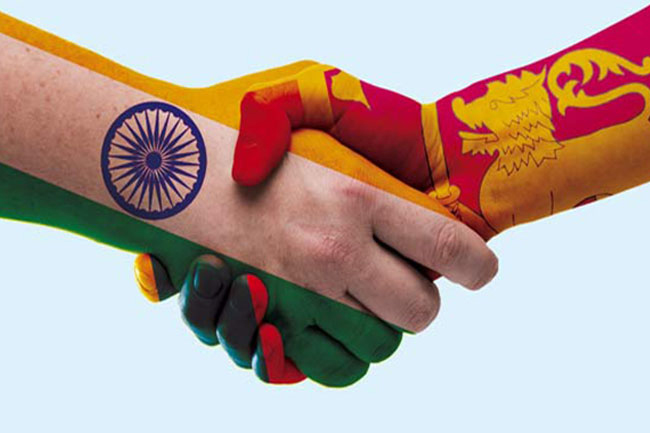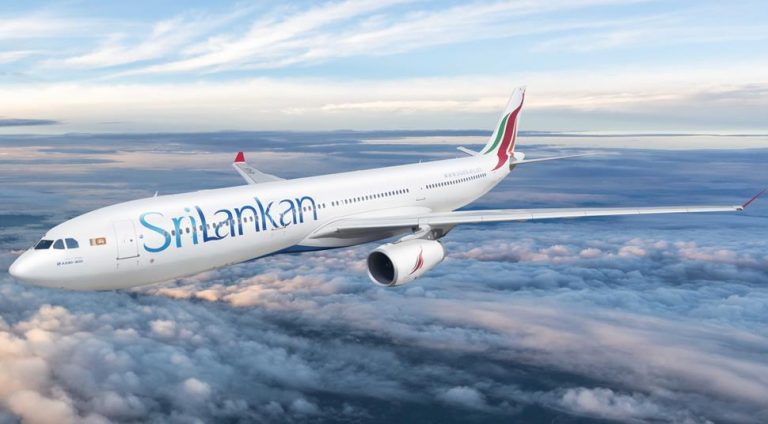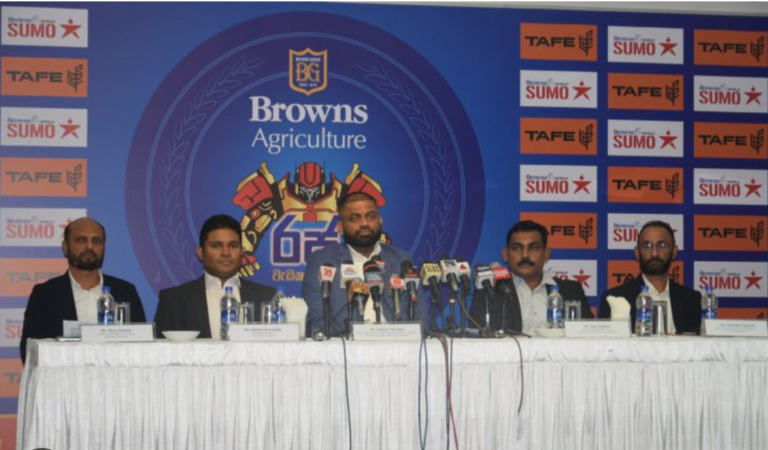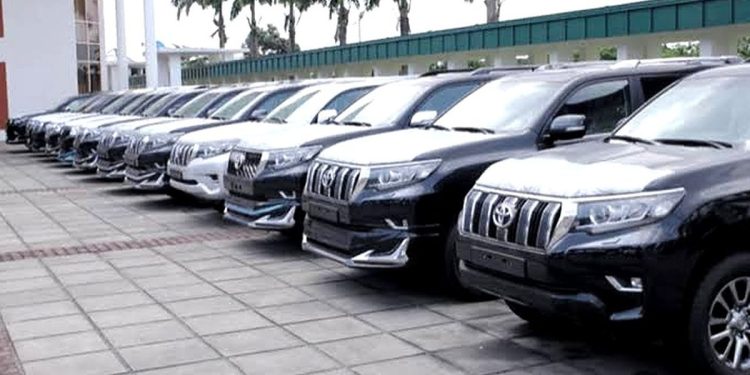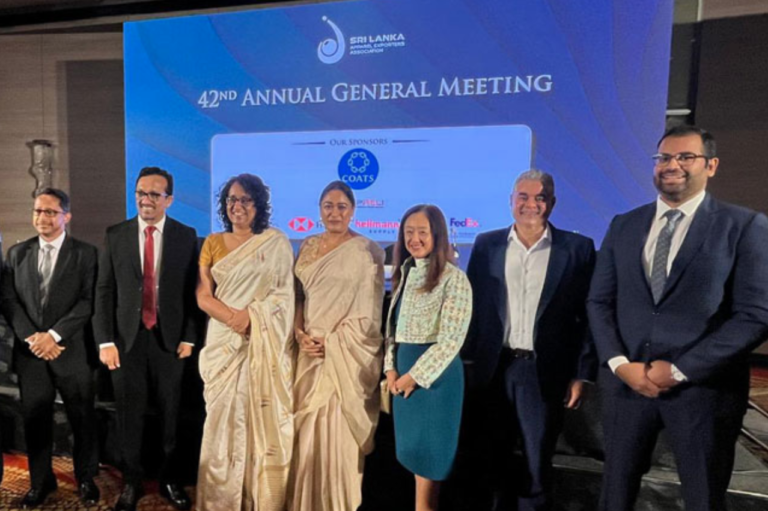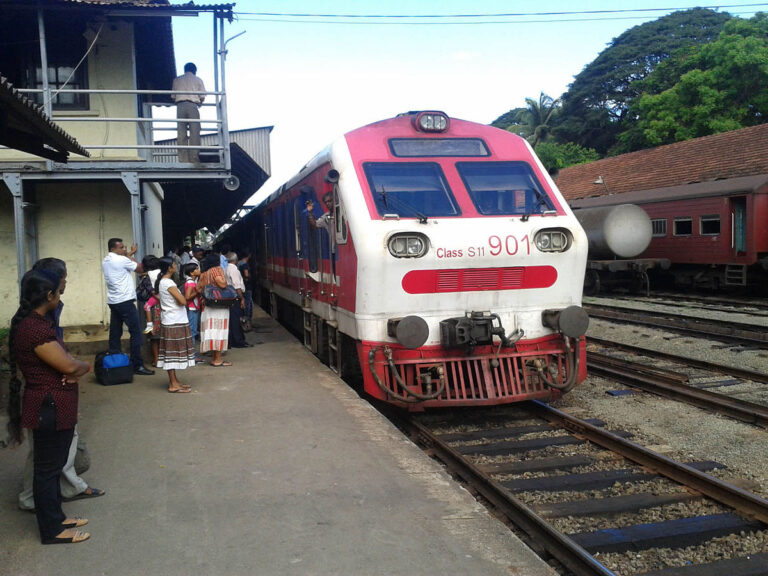February 02, Colombo (LNW): India’s Ministry of External Affairs (MEA) has announced a revised budget allocation of INR 54,830 million for foreign aid in 2025-26, marking a slight increase from last year’s budget estimate of INR 48,830 million.
However, this is lower than the INR 58,060 million allocated in the previous year’s revised estimate.
Sri Lanka’s allocation for aid has seen an increase, with INR 3,000 million earmarked for the country, up from INR 2,450 million in the previous year’s budget.
This boost reflects India’s continued support for Sri Lanka amidst its ongoing economic challenges.
The overall budget for the Ministry of External Affairs stands at INR 20,516 crore, a reduction from the original estimate of INR 22,154 crore and last year’s revised estimate of INR 25,277 crore for the fiscal year 2024-25.
Despite this reduction, the budget still represents a 15.45 per cent increase compared to the previous year, excluding provisions for the Export-Import (EXIM) Bank, which, as of now, has not received any specific allocation but may be considered later if needed.
In line with its ‘Neighbourhood First’ policy, India has allocated a significant portion of the MEA’s budget to neighbouring countries. A total of INR 4,320 crore, or 64 per cent of the foreign aid scheme, is earmarked for infrastructure development projects in neighbouring nations.
These projects include large-scale initiatives such as hydroelectric plants, power transmission lines, housing, roads, bridges, and integrated check-posts.
Bhutan continues to be the largest recipient of India’s foreign aid, with an allocation of INR 2,150 crore for 2025-26, an increase from last year’s budgeted INR 2,068 crore, although slightly lower than the revised estimate of INR 2,543 crore from the previous year.
In contrast, India has increased its aid to the Maldives, with the allocation rising to INR 600 crore, up from both the original INR 400 crore estimate and the INR 470 crore revised allocation from last year.
Afghanistan, however, has seen a decrease in its aid allocation, with a budgeted INR 100 crore for 2025-26, down from INR 200 crore in last year’s initial budget but an improvement on the INR 50 crore allocated in the revised estimate.
Myanmar has seen its aid rise slightly to INR 350 crore, from INR 250 crore in the previous year’s budget, although it is still lower than the INR 400 crore allocated in the revised estimate.
India has maintained its aid to Nepal at INR 700 crore, and the allocation for Sri Lanka has been raised to INR 300 crore, a marked increase from the INR 245 crore set aside in the previous budget.
Bangladesh’s aid allocation remains unchanged at INR 120 crore, while the allocation for African nations has risen to INR 225 crore, up from INR 200 crore last year.
Latin America’s allocation, however, has seen a decrease, dropping from INR 90 crore in the previous year to INR 60 crore for 2025-26, though the initial budget estimate had been set at INR 30 crore.
Similarly, the allocation for Chabahar Port in Iran remains at INR 100 crore.
Overall, India’s foreign aid strategy appears to prioritise its immediate neighbourhood, with substantial investments in infrastructure aimed at fostering deeper regional ties, while also maintaining a commitment to broader international partnerships.


